Installing a Bosch dishwasher can seem like a daunting task, but with the right tools and guidance, it can be straightforward and efficient. This guide on how to install a bosch dishwasher will walk you through each step of the installation process, ensuring your dishwasher is set up correctly and ready to use.
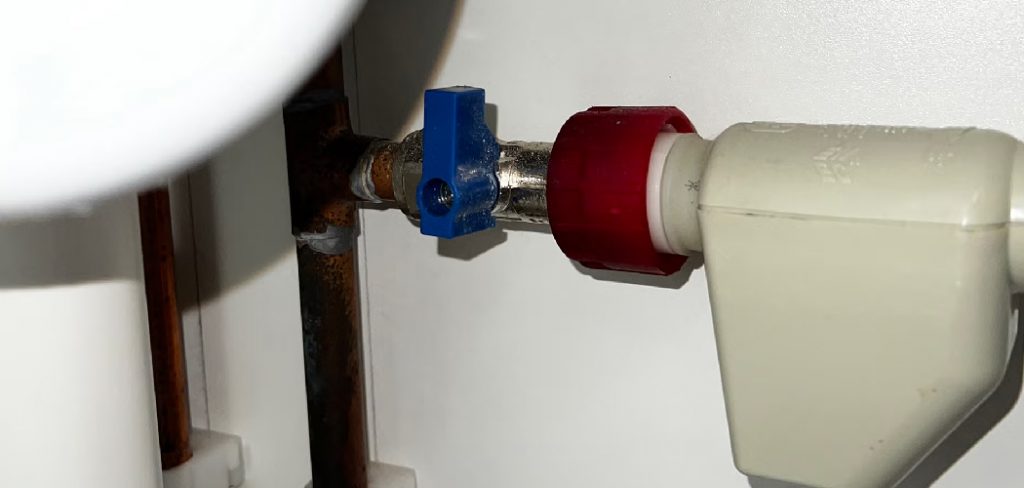
Whether you’re replacing an old unit or setting up a new one, following these instructions will help you achieve professional results without unnecessary complications.
Some of the Benefits of Choosing a Bosch Dishwasher Include
Quiet Operation
Bosch dishwashers are designed to operate at low noise levels, making them ideal for open-concept living spaces or homes with thin walls. This is achieved through advanced insulation and vibration reduction technology, ensuring a peaceful and quiet kitchen environment.
Energy Efficiency
Bosch dishwashers are ENERGY STAR certified, meaning they meet strict energy efficiency guidelines set by the U.S. Environmental Protection Agency. This can lead to significant cost savings on your energy bill in the long run while reducing your environmental impact.
Superior Cleaning Performance
Bosch dishwashers use advanced features such as multiple wash cycles, adjustable racks, and targeted spray jets to provide superior cleaning results. This means you’ll spend less time pre-rinsing dishes and more time enjoying your clean dishes.
What You Will Need for Installation
Before you begin installing your Bosch dishwasher, make sure you have the necessary tools and materials ready. These may include:
Screwdriver
A Phillips or flathead screwdriver will be needed to secure the dishwasher to your cabinet and make any necessary adjustments during installation.
Adjustable Wrench
You may need an adjustable wrench to connect the water supply and drain lines to your dishwasher.
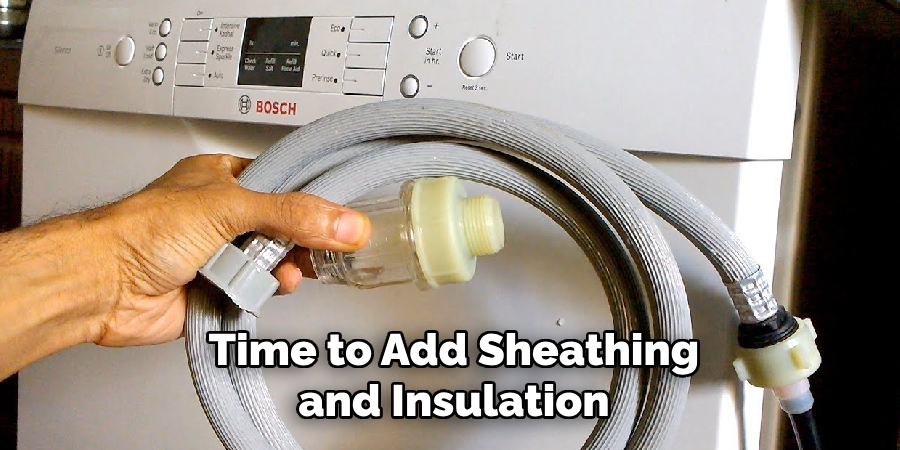
Level
A level is crucial for ensuring that your dishwasher is installed correctly and will provide optimal performance.
Power Drill
If you need to make any modifications to your cabinet or countertop, a power drill may be necessary.
Dishwasher Installation Kit
Bosch provides a universal installation kit that includes all the necessary hardware for attaching your dishwasher to the cabinet and connecting it to your plumbing.
8 Step-by-step Guides on How to Install a Bosch Dishwasher
Step 1: Preparation
Before getting started with the installation process, it’s essential to prepare the area and confirm that all necessary components are available. First, ensure that the power supply to the area is turned off to avoid any electrical hazards. Check that the water supply line is accessible and that the shut-off valve for the line is functioning properly. Remove any old dishwasher if you are replacing an existing unit, and thoroughly clean the space to ensure a smooth installation.
Finally, unpack your Bosch dishwasher and inspect it for any visible damage or missing parts. Refer to the installation manual included with your dishwasher to double-check that you have all the necessary hardware and components before proceeding.
Step 2: Adjusting the Feet
Once the preparation is complete, it’s time to adjust the feet of your Bosch dishwasher to ensure it sits level within the designated space. Start by placing the dishwasher into the installation area, but do not push it in fully just yet. Using a level, check the dishwasher’s alignment to ensure that it is not tilted in any direction.
Locate the adjustable feet at the bottom of the dishwasher. These can be turned clockwise or counterclockwise to raise or lower each corner as needed. Adjust the feet gradually, checking the level after each adjustment to achieve proper alignment. A level dishwasher is crucial for optimal performance, as it prevents water pooling and ensures that the cleaning and drying cycles function correctly.
Once the dishwasher is properly leveled, double-check all sides to confirm stability before proceeding to the next step of the installation process.
Step 3: Connecting the Water Supply Line
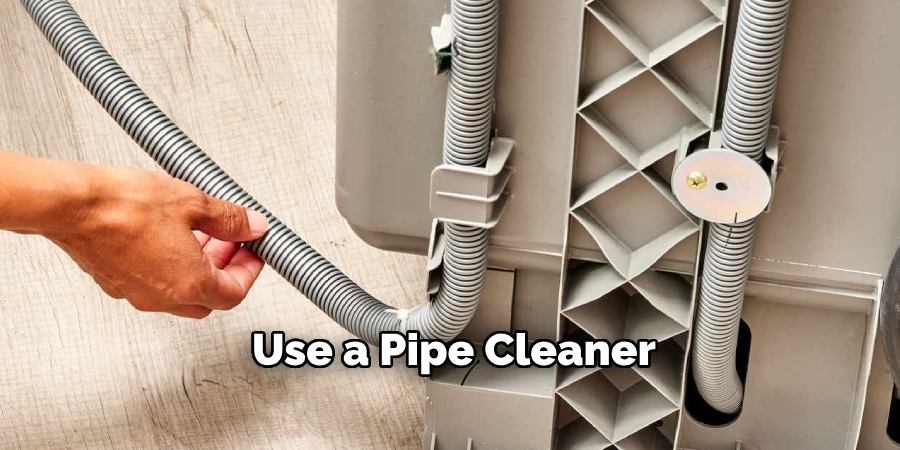
Before connecting the water supply line, ensure that it is free from any debris or obstructions. If necessary, use a pipe cleaner to clear any clogs in the line. Next, securely connect the hot water supply line to the dishwasher’s inlet valve using an adjustable wrench.
Ensure that there are no leaks by running water through the line and checking for any drips or puddles. If everything looks good, proceed to the next step.
Step 4: Connecting the Drain Line
Similar to the water supply line, make sure that the drain line is clear before connecting it to your Bosch dishwasher. Connect the drain line to the dishwasher using a hose clamp and secure it in place using a screwdriver.
Ensure that there is a high loop in the line to prevent backflow and potential blockages. Lastly, connect the other end of the drain line to your sink’s drain or garbage disposal unit.
Step 5: Securing the Dishwasher to the Cabinet
Once the water supply and drain lines are properly connected, it’s time to secure the dishwasher to the cabinet to ensure stability during operation. Begin by sliding the dishwasher carefully into the designated space within the cabinetry. Take care not to pinch or kink the water supply or drain lines as you push the unit into place.
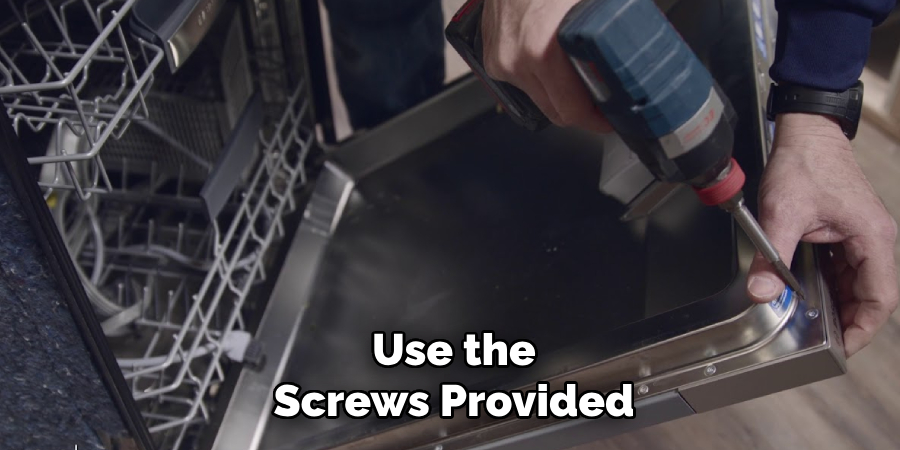
Locate the mounting brackets at the top or sides of the dishwasher. These brackets are designed to attach the dishwasher firmly to the cabinet. Use the screws provided in your Bosch dishwasher installation kit to secure the brackets to the underside of the countertop or the inner sides of the cabinet, depending on your specific setup. If the countertop is made of delicate material, such as granite, Bosch typically includes side-mounting options to avoid damage.
Step 6: Connecting the Power Supply
Before connecting your Bosch dishwasher to a power source, refer to your local electrical code for specific guidelines and regulations. Generally, dishwashers require a dedicated 120-volt grounded outlet within six feet of the unit. If your setup does not have a dedicated outlet, it’s recommended to hire a licensed electrician to install one.
Connect the dishwasher’s power supply cord to the designated outlet, and avoid pinching or damaging the cord during installation. Once connected, turn on the power and test that all controls and buttons are functional.
Step 7: Adjusting the Door
If necessary, adjust the door of your Bosch dishwasher for proper alignment and smooth operation. To do so, loosen the door’s screws and adjust it as needed to ensure that it closes securely without any gaps or rubbing against the cabinet.
Re-tighten the screws once the adjustment is complete, and test the door to confirm that it opens and closes correctly.
Step 8: Completing Installation
Congratulations! You have successfully installed your Bosch dishwasher. Before using the unit, run a quick test cycle to check for any leaks or issues with functionality. If everything looks good, you can now load your dishwasher and enjoy its convenience and efficiency in cleaning your dishes.
Following these step-by-step guides on how to install a bosch dishwasher will ensure a successful and hassle-free installation of your Bosch dishwasher, providing you with years of reliable service. For any further assistance or troubleshooting, refer to the product manual or contact Bosch customer support for help. With proper installation and maintenance, your Bosch dishwasher will continue to be a valuable addition to your kitchen for years to come.
Additional Tips for Optimal Performance
- Run hot water in your sink before starting a dishwasher cycle to ensure that hot water is immediately available for the dishwasher.
- Regularly clean and maintain your dishwasher, including removing any food debris from filters and sprayer arms to prevent clogs.
- Use high-quality detergent and rinse aid for best results.
- If experiencing issues with cleaning performance, check the spray arm for any blockages and adjust it accordingly.
- Consider using a dishwasher cleaner periodically to remove buildup and odors for optimal performance.
- If the dishwasher is not draining properly, check for any blockages in the drain line and clean them out as needed.
- Check and replace any damaged or worn parts, such as door seals or spray arms, to ensure efficient operation.
- Avoid overloading your dishwasher to prevent damage to dishes and strain on the unit.
- Regularly inspect and clean the exterior of the dishwasher for any buildup or residue that could affect its appearance and performance.
- Familiarize yourself with all features and settings of your Bosch dishwasher for maximum efficiency and convenience.
- When in doubt, refer to the product manual or contact customer support for any questions or concerns regarding your dishwasher.
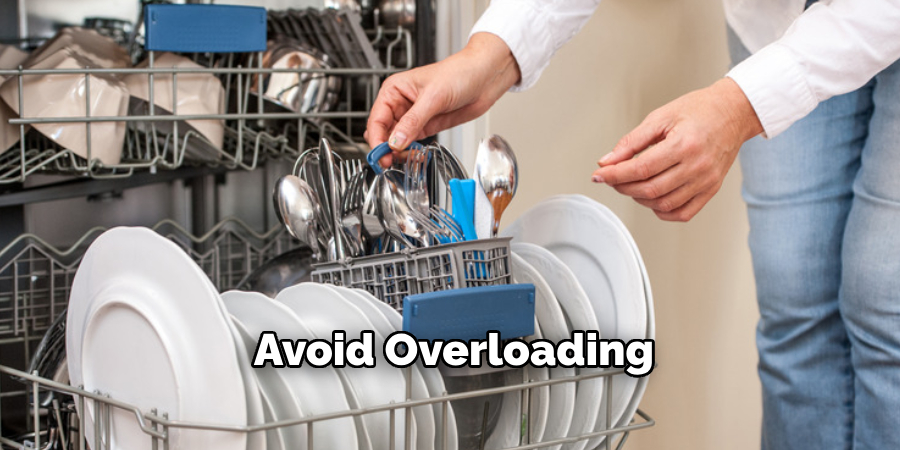
Frequently Asked Questions
Q: Can I Install a Bosch Dishwasher Myself?
A: Yes, as long as you have basic DIY skills and follow the installation instructions carefully. However, it’s always recommended to hire a professional for optimal results.
Q: How Long Does a Bosch Dishwasher Typically Last?
A: With proper maintenance and usage, Bosch dishwashers can last up to 10 years or more.
Q: Can I Install a Bosch Dishwasher Underneath a Granite Countertop?
A: Yes, as long as the countertop is properly supported and there is enough space for ventilation. It’s recommended to use side-mounting options for delicate countertops.
Q: Why is My Bosch Dishwasher Not Draining Properly?
A: There could be several reasons, including blockages in the drain line, clogs in the filters or spray arms, or a faulty pump. Refer to the troubleshooting section of the product manual or contact customer support for assistance.
Conclusion
Installing a Bosch dishwasher is a manageable task when following the proper steps and guidelines. By carefully preparing your space, connecting the necessary water, drain, and power lines, and securing the unit appropriately, you can ensure a seamless installation. Additionally, regular maintenance and adherence to the tips provided will help your dishwasher perform efficiently and extend its lifespan.
With its advanced features and reliable performance, a Bosch dishwasher is a valuable addition to any kitchen, offering convenience and excellent cleaning results for years to come. For any further help, always consult the product manual or reach out to Bosch customer support. Thanks for reading this article on how to install a bosch dishwasher.
Professional Focus
Angela Ervin, a former interior designer turned blogger, specializes in kitchen design and renovations. Through her website, she blends her passion for cooking with design expertise, sharing practical and creative ideas. Known for balancing functionality and beauty, Angela’s insightful content has made her a trusted voice in home design and lifestyle.
About the Author
Angela Ervin, an experienced interior designer and blogger, combines her passion for kitchen renovations with storytelling. Living in Petersburg with her family, she enjoys cooking and testing her projects firsthand. Known for her humor and relatable style, Angela shares creative, functional design insights through her content, making her a trusted voice in home design.
Education History
University: Virginia Commonwealth University
Degree: Bachelor of Fine Arts (BFA) in Interior Design
- Angela’s education at VCU focused on mastering core interior design principles, including spatial planning, color theory, materials selection, and sustainable design practices.
- She gained hands-on experience through studio projects and collaborative design exercises, which honed her ability to create functional and aesthetically pleasing environments.
- Her coursework also emphasized problem-solving and practical applications of design, preparing her for real-world projects like her self-directed kitchen renovations.
- The program’s strong foundation in both technical skills and creative expression shaped Angela’s ability to seamlessly integrate form and function in her work.
